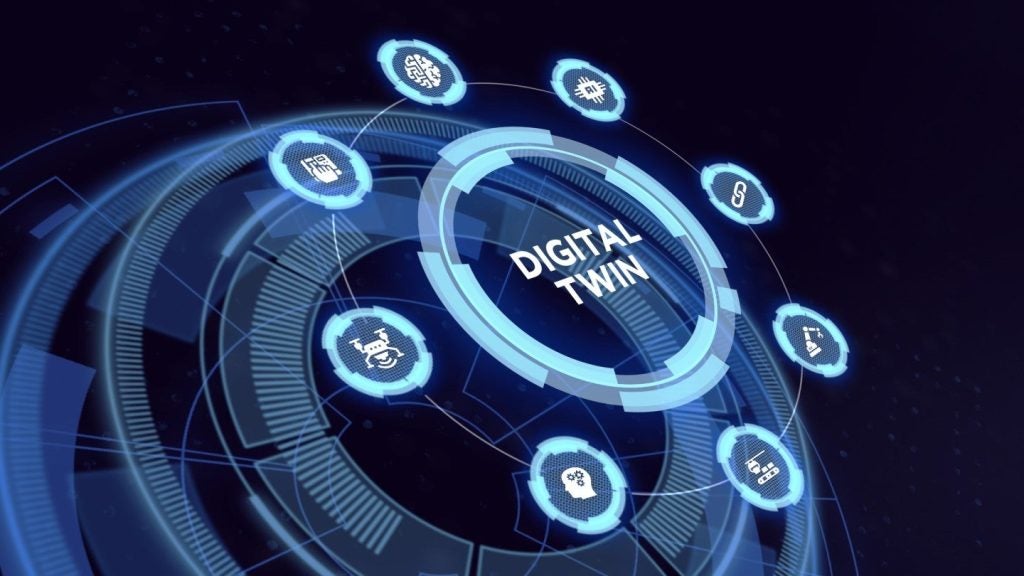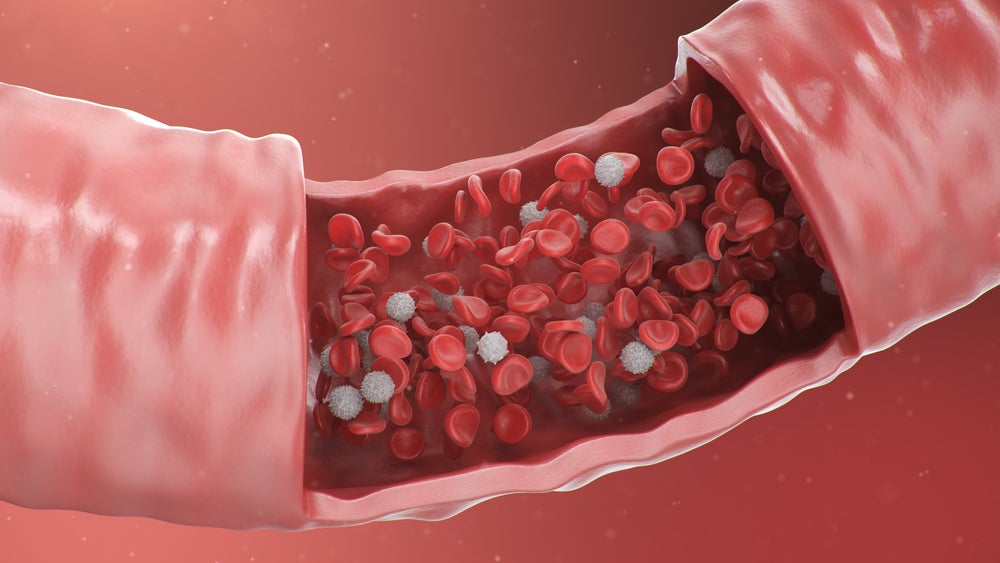
Did you expect the future look like this when you were a kid? If you were from my generation, you’d say there are still no flying cars, or biometric scanners that let you enter your home. However, if you take a closer look you’ll find many technological advancements have indeed been made. Do you remember when smartphones were reserved for business use? Or when many forms of cancer were almost incurable?
From that point of view, we can see there has been a lot of progress. But what about medical devices? Let’s review two aspects of it, exploring the progress made in terms of products proposed as well as technological innovations.
Changes on Products and Services
Mobile Applications
Did you know that every day you handle a gadget that could be considered a medical device? Your mobile phone. It can be used to diagnose your health parameters. In 2016, around 36 mobile apps were cleared by the FDA for medical usage.
The purposes of these apps can range, such as the use of biogaming for physiotherapy. Even Swiss-based company Sensimed obtained approval for its application that helped physicians track the progression of glaucoma in patients. Also big players are creating health apps, such as Medtronic with its AVIVO Mobile that measures, records, and periodically transmits data for patients with cardiac illnesses. Such devices are not only performing a diagnostic but can also train, such as PeriCoach from Analytica, which trains women on how to perform the Kegel exercise.
How well do you really know your competitors?
Access the most comprehensive Company Profiles on the market, powered by GlobalData. Save hours of research. Gain competitive edge.

Thank you!
Your download email will arrive shortly
Not ready to buy yet? Download a free sample
We are confident about the unique quality of our Company Profiles. However, we want you to make the most beneficial decision for your business, so we offer a free sample that you can download by submitting the below form
By GlobalDataEven physicians are interested in this technology due to the expanding use of electronic health records (EHRs). This allows doctors to pass patient information along to colleagues and specialists for consultation.
Electronic Aspirin
If you are afraid of science fiction, you should not read this. Before when you had a headache you had to take two aspirins. For those who have the most severe, chronic forms of headaches with the sphenopalatine ganglion (SPG), I am sorry but doctors haven’t yet found a treatment that works. But if I said to you I can treat that, I am sure you would ask how? By implanting a small nerve simulating device on your upper gum on the side of the head normally affected by headache. Would you still be interested?
Autonomic Technologies, Inc. is developing it. When a patient senses the onset of a headache, he or she places a handheld remote controller on the cheek nearest the implant. The resulting signals stimulate the SPG nerves and block the pain-causing neurotransmitters. Magic!
Robots
Have you ever dreamed of a robot that serves you? Your dream has already come true. There are many forms of robots currently used in hospitals. Intriguingly, they can aid surgeons perform certain interventions while they’re not even in the room. In these instances, the robot offers greater precision than the practitioner. It also allows the surgeon to perform minimally invasive surgeries, which helps the patient recover quickly. Some famous robots include the da Vinci Surgical System or the robotic ROSA.
But have you ever heard of a robot that will come to your hospital room and help you connect with your doctor? The specialist can be in another part of the world yet still perform their visits. iRobot and InTouch Health created RP-VITA which stands for “Remote Presence Virtual + Independent Telemedicine Assistant.” This robot can access to your clinical data and connect live with diagnostic devices, such as otoscopes and ultrasound. It’s already equipped with the latest electronic stethoscope. This technology can seduce some patients, but it can also be considered as another obstacle between doctors interacting directly with a patient.
3D Visualization and Augmented Reality for Surgery
Don’t think that augmented reality and virtual reality are similar. When what you see is not how it appears, it’s called virtual reality, but when new information is added to what you see then that is augmented reality. If you remember, in 2013 one surgeon had the first experience of augmented reality with Google Glass.
Another kind of technology that uses augmented reality is AccuVein. Many people have a great fear of blood because they’re afraid nurses won’t find the vein at the first attempt. With AccuVein, life became easier for both nurses and patients. It uses a handheld scanner that projects over the skin and shows nurses and doctors where veins are in the patient’s bodies.
Prosthetic Hand
This last technology is growing in popularity. Before, for unfortunate patients that lost their hand or arm, they received a static prosthesis. But nowadays, it’s totally futuristic. They can receive a bionic hand that communicates directly with the brain. The signals delivered are transmitted to a computer that translates it to a move. An Italian school for advanced studies developed a hand that provides the sense of touch. The hand has sensors that can define if what it touched is soft or hard. The signal is then transmitted to the brain.
New way of Manufacturing Medical Devices
Additive Manufacturing
On the aspect of disruptive changes we can also talk about new ways to manufacture medical devices. This is not specific to the health care industry and it’s called “Additive Manufacturing.” Now, some might ask “What is Additive Manufacturing?” and I would use the more common words to define it – 3D printing. This technology is revolutionizing the way our plants are working. Many projects are starting with it and we should see in future if this is only a new gadget or whether it will become more widely used. On the history of 3D printing, this methodology is not new and was mainly used for rapid prototyping. But nowadays, you can have real parts manufactured and implanted on patients.
One of the interesting aspects of 3D printing is the fact you can use many kinds of raw material, such as aluminum or stainless steel. Even polymer can be manufactured while using human cells to build an artery. In terms of possibilities, we have a new world in front of us as 3D printer manufacturers are really imaginative in the way they serve their customers. At the same time, our regulators noticed this change and are creating some rules. The FDA issued guidance for the industry called “Technical Considerations for Additive Manufactured Medical Devices,” and after a quick read, it’s really helpful to know what is expected.
Nevertheless, I think we will continue to hear about this new technology. You will maybe see in future hospitals having these machines and only receiving 3D printer files from manufacturers to print their design. For those thinking this will be like the cheap home 3D printer, they should really see what kind of machines are used. They are large 3D printers with greater results. We still see on TV or on the Internet that you can create 3D printed prosthetics at home as 3D printer files are available for free.
Some of you will say this technology is already working in our hospitals. For example, in radiology departments, one of its usages is to print a lifelike tumor of a patient to have a better visual of it. It certainly looks better than a CT-scan. Immediately, the surgeon can take it in hand, feel it and get more familiar before the operation. I suppose this reassures the patient’s surgeons can see what’s making them sick.
Internet of Things
Our industry is also riding a new wave with the Internet of Things (IoT). For those not familiar with IoT, it’s about all connected equipment that can use data stored on a cloud to execute specific operations. The promise is: less paper, fewer human errors and more efficiency. But still on this aspect, regulation should take into account future technologies to guarantee traceability of the products and good reliability of those processes. If you are working on computer system validation, you should have a lot of tasks in front of you.
Conclusion
As you can see, the medical device industry should not think it is old fashioned. If you want to be more competitive, be aware of all the latest technologies and products that are coming to market. The interesting aspect of those disruptive changes is the fact our regulators are following them and issuing guidance and new regulation to put rules in place. This is good news as many deviations can come from industries that would use a dated regulation and apply them to new technologies. This would not be beneficial for the patients.
Monir El Azzouzi
Plant Quality Senior Manager







